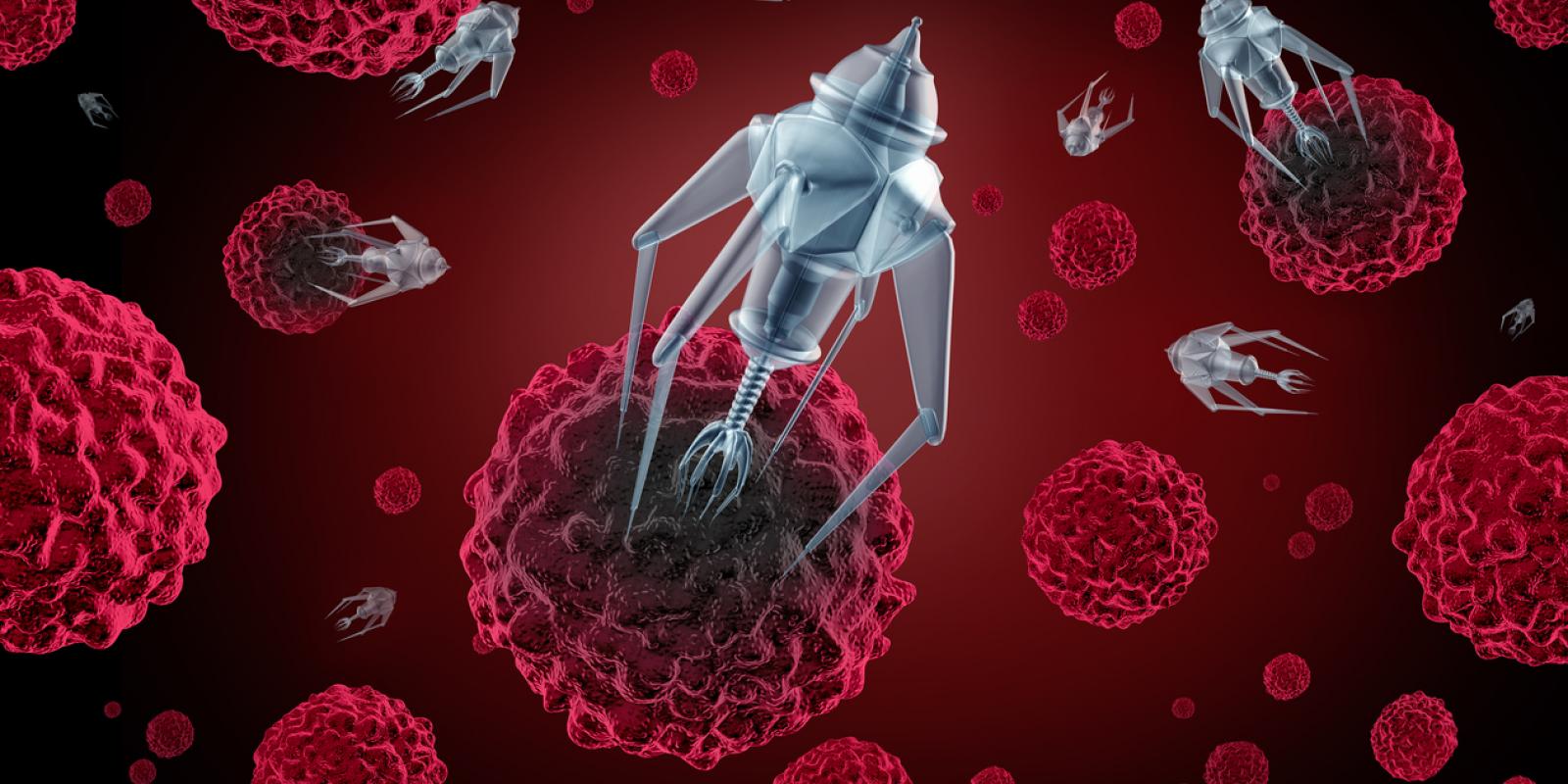Hong Kong researchers have successfully developed a 3D-printed nanoscale robot that can maneuver at a cellular level.
In Jun, Science Robotics, a leading robotics technical journal, published a report about the exploits of the City University engineers.
It shows that targeted, personalized medicine with tiny robots is no longer science fiction .
Precision medicine, as a field, has grown tremendously with the arrival of gene-editing strategies and more-affordable DNA sequencing. This builds on that.
WASHINGTON, DC – FEBRUARY 25: U.S. Secretary of Veterans Affairs Robert A. McDonald speaks during… [+] the White House Precision Medicine Initiative Summit, in the South Court Auditorium in the Eisenhower Executive Office Building, February 25, 2016 in Washington, DC. President Obama announced the precision medicine initiative last year to accelerate research efforts into new treatments that are tailored to individual patients. (Drew Angerer/Getty Images)
These are literally tiny metallic robots capable of attacking diseases at the cellular level. It’s mind-blowing.
It’s also the result of where we are in the current technology landscape. Scientists, engineers and software specialists are coming together to solve problems that most laypeople think are impossible.
In this case, researchers had to determine how to construct the robot, and what shape it should take to move easily in the bloodstream. They also had to find a material that made the robot magnetic, yet biocompatible.
They ran countless software simulations and live tests before finally settling on burr-shaped robots, coated with nickel and titanium. ZDNet reports that they then loaded the robots with stem cells and connective tissue, and did further testing using zebrafish embryos. The final tests involved the same procedure with live cancer cells and laboratory mice.
In the end, the tiny robots were able to deliver a fluorescent cancer to a predetermined target.
All of this might seem wrongheaded, after all, the goal is to fight cancer, not induce. To cure, not kill. Yet, perspective is important.
Researchers delivered cancer cells as the payload because it was easier to track. And the real accomplishment is developing the nanoscale robots and finding a way to maneuver them to a precise location.
Dr. Dong Sun, the lead researcher on the City University project, expects to move forward with pre-clinical trials using stem cells to fight cancers and other diseases in animals. Human trials should begin in the next five years. And cell surgery robotics could start in the next five to 10 years.
Real scientific breakthroughs are all happening faster than anyone could have imagined.
For investors, the progress can be overwhelming. The best idea is to stick with the things that are known. At this important stage, that means seeking out the right companies. Specifically, those that build the machines that facilitate discovery.
In a gold rush, you should always buy th






